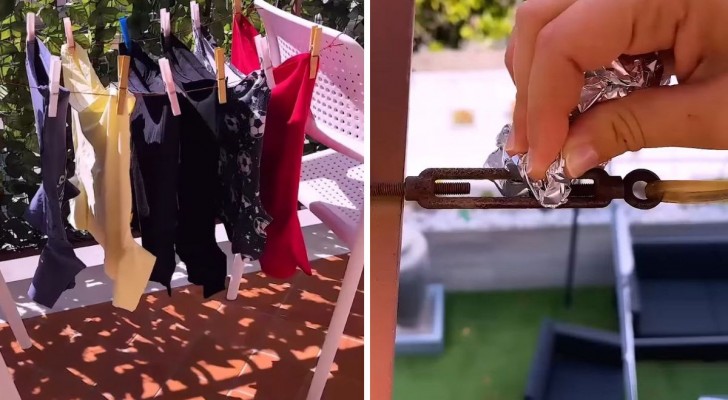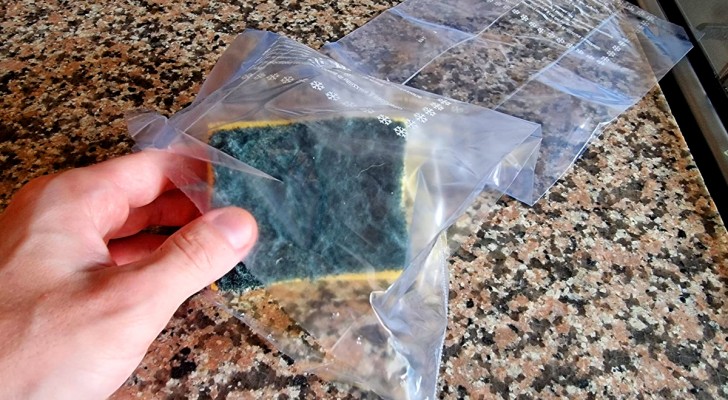Dust keeps coming back? Discover some useful tips to remove dust effectively and for longer

Dust in the house is a constant presence: even the most meticulous cleaning never manages to eliminate every mote of dust that was deposited on various objects and surfaces. But certainly, there are methods and precautions that help to make dust disappear almost completely and without finding yourself having to repeat your dusting chore again after a few days. For many, it is not a problem to live with a fine layer of dust on the objects in the house, but when dealing with respiratory problems, it is a completely different story, and indeed it is worth finding the most effective "line of attack".
Dust is actually the mix of dirt residue, dead skin cells, sand, pollen and paper or fabric fibers that accumulate in the house, and much of it is brought in from the outside. Here are some tips that can go a long way to keep dust at bay and from being deposited in the house.

To prevent the formation of dust in the home:
- Avoid walking around the house with the same shoes we go out in: learning to change them at the entrance with clean slippers is very useful to avoid bringing in dust.
- Dogs and cats that leave the house are also other actors that cause an increase of dust in the house. So maybe after a walk, it would be better to clean the animal's paws so that they do not leave too much dirt on the floors.
- Constant cleaning of fabrics and surfaces is another habit that prevents us from having to breathe dust in every day.
- When you finally clean the rooms, always start at the top, so all the dirt (including dust) accumulates at the bottom. When you are finished in this way there will be no more tiny bits of debris that can return to pollute the air.
- Also clean ceilings and walls: even the cladding of the wall itself becomes covered with a layer of dust. You can use the same dust-catching cloths that you use to pass over the floors; or you can cover a normal broom with microfiber cloths (you can keep them in place with rubber bands). Again, it's useful to vacuum with a soft bristled brush that won't ruin any finish.
- Change the sheets and pillow slips often, which get filled with dead skin cells over time.
- Do not forget to clean the filters of the ventilation and air conditioning systems.
- Keep the windows closed: it is undeniable that you have to ventilate the rooms every day, but if the dust situation is a serious problem, then it is good to do this only for the minimum time necessary - or maybe help yourself by keeping the shutters ajar but pulling light curtains over the open window that still allow air to enter the room.
- Frequently beat rugs and carpets clean and even doormats outside the front door should be beaten.
- Add a teaspoon of isopropyl alcohol to your household laundry, as it can kill dust mites.
To clean dusty surfaces you can use (depending on the materials to be cleaned):
- Bicarbonate: dissolve 30 grams in a liter of water.
- White vinegar: mix 200 ml with the same amount of water. It should not be used on marble and natural stone or wood.
- Marseille soap: a spoonful of soap is used for one liter of hot water and can also be used on delicate surfaces.
Each of these solutions is used in spray containers, ready to spray on the surfaces or on a soft cloth with which you want to do the dusting and capture all the dirt.
Great job!





